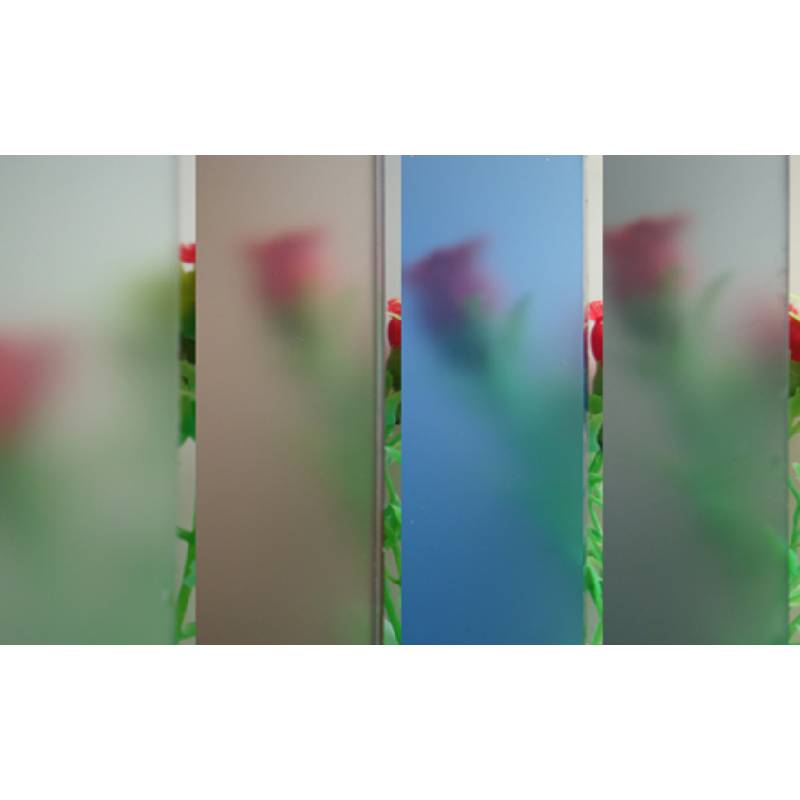

Low-E 240 Glass Enhancing Energy Efficiency and Comfort
In contemporary architecture and building design, energy efficiency and comfort are paramount considerations. One innovative solution that has emerged to address these concerns is Low-E 240 glass. This advanced glazing technology offers significant benefits in terms of heat control, light transmission, and overall building performance.
Understanding Low-E Glass
Low-E, or low emissivity glass, is coated with a thin layer of metallic oxides designed to reflect infrared energy while allowing visible light to pass through. The “240” refers to the specific wavelength of light and energy that this type of glass is designed to manage, particularly in the infrared spectrum. This unique property helps maintain a comfortable indoor environment while reducing reliance on heating and cooling systems, ultimately leading to lower energy costs.
Energy Efficiency Benefits
One of the most compelling advantages of Low-E 240 glass is its ability to significantly enhance a building's energy efficiency. By reflecting heat back into the building during colder months and minimizing solar heat gain in the summer, Low-E glass creates a stable indoor climate. This is particularly beneficial in regions with extreme temperature fluctuations, where traditional glass can lead to increased energy consumption as heating and cooling systems work harder to maintain comfortable temperatures.
Studies indicate that buildings equipped with Low-E glass can see a reduction in energy bills by as much as 25% to 40%. This substantial decrease not only translates to financial savings for homeowners and businesses but also contributes to a reduced carbon footprint, aligning with global efforts to combat climate change.

Comfort and Aesthetics
Low-E 240 glass also plays a crucial role in enhancing the comfort of indoor spaces. Unlike standard glass, which can allow harsh sunlight to create hot spots and lead to discomfort due to glare, Low-E glass maintains a more even distribution of natural light. This allows occupants to enjoy ample daylight without the undesirable effects of excess heat or glare.
In addition to comfort, aesthetics should not be overlooked. Low-E 240 glass can be designed to fit a variety of architectural styles while still delivering high performance. Its clarity and ability to showcase colors faithfully make it a popular choice among architects and interior designers. The visual appeal combined with functional performance has made Low-E glass an increasingly popular choice in both residential and commercial construction.
Environmental Impact
The adoption of energy-efficient technologies like Low-E 240 glass has far-reaching implications for the environment. By reducing energy consumption, buildings contribute less to greenhouse gas emissions, which are a leading cause of global warming. Moreover, the manufacturing processes for Low-E glass are continually evolving, with many companies focusing on sustainable practices and materials, further bolstering environmental benefits.
Conclusion
In conclusion, Low-E 240 glass represents a significant advancement in building materials technology, marrying energy efficiency with comfort and aesthetics. Its ability to regulate heat transfer effectively positions it as a leading choice for sustainable building practices. As society increasingly values energy efficiency and environmental responsibility, the adoption of Low-E glass will likely continue to rise, paving the way for more sustainable architectural designs in the years to come. For homeowners and builders looking to enhance energy performance without compromising on style, Low-E 240 glass provides an optimal solution that meets the demands of modern living.